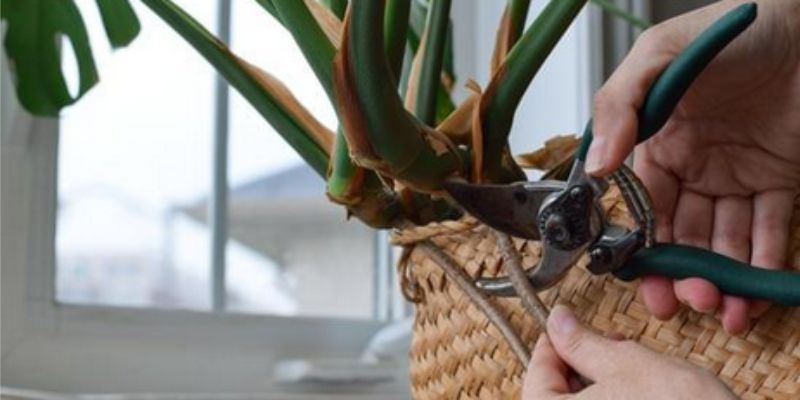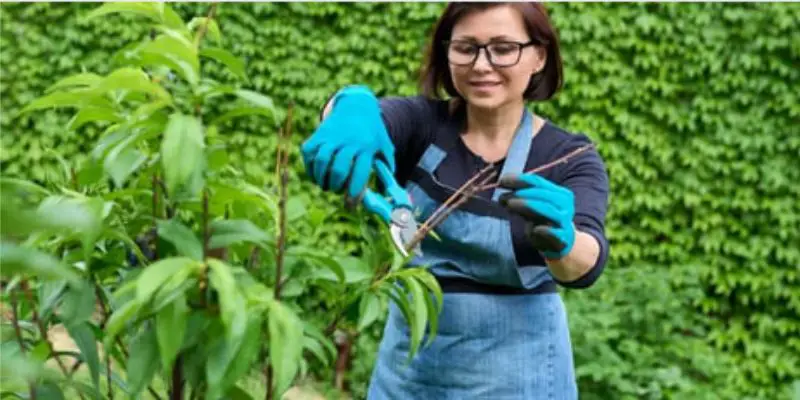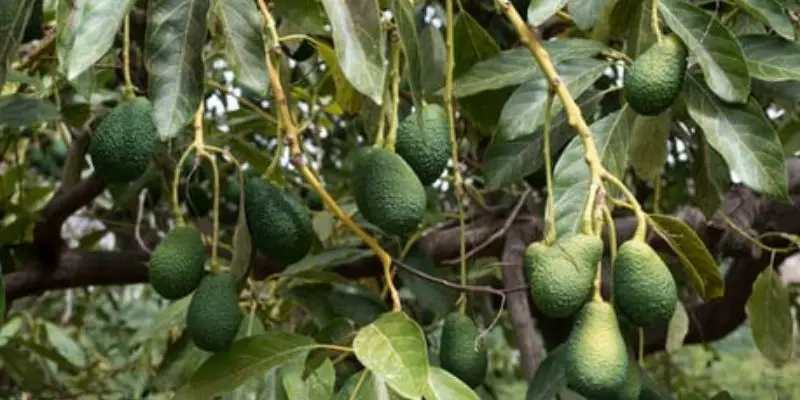With their trailing vines and lush, heart-shaped leaves, philodendrons make beautiful houseplants perfect for shelves, hanging baskets, and climbers. But without occasional pruning, they can become overgrown and unruly. By learning how to prune philodendron with the right pruning techniques, you can direct growth, improve plant shape, and keep your philodendrons looking their vibrant best.
An Introduction to Pruning Philodendrons
Philodendrons grow vigorously in ideal conditions, producing long vining stems, aerial roots, and plenty of foliage. While pruning is not mandatory, it offers several benefits:
- Directs growth upward, outward, or along supports
- Removes unsightly dead or damaged leaves and stems
- Shapes fast growing varieties to match available space
- Allows light penetration by thinning inner leaves
- Promotes bushiness and fullness through tip pruning
- Rejuvenates old plants by cutting back long stems
- Encourages mutants like Birkins to grow more split leaves
With judicious pruning, philodendrons become more beautiful, manageable houseplants.
When to Prune Philodendrons
Time pruning to avoid removal of developing leaves or interference with growth:
- Prune actively growing philodendrons in early to mid spring.
- Cut back dormant philodendrons in late winter just before growth resumes.
- Limit pruning in fall to prevent cold sensitivity in some varieties.
- Avoid pruning during initial establishment after repotting or dividing.
Pruning before and during growth spurts directs emerging stems and leaves.
Tools Needed for Pruning Philodendrons
Having clean, sharp tools makes pruning philodendrons quick and easy:
- Bypass hand pruners for small stems and precise shaping.
- Loppers for thicker, woody vine removal.
- Pole pruners to reach top growth without climbing.
- Sterilizing spray or wipes to prevent bacterial spread between cuts.
- Humidity dome or bag to protect freshly pruned plants.
- Potting mix and pots to optionally root tip cuttings.
Quality tools ensure your philodendrons recover rapidly after pruning.
How to Prune Philodendron Houseplants
Follow these steps when trimming your philodendron:
- Sterilize pruning tools in disinfectant solution prior to pruning.
- Remove any dead or damaged leaves and stems back to healthy growth.
- If needed, trim wayward stems back above an outward facing node to redirect growth.
- Cut back leggy stems halfway to encourage basal branching and fullness.
- Thin inner leaves and stems to improve light penetration to the center.
- Pinch back stem tips to promote bushiness.
- Continue sanitizing tools between each cut to prevent bacterial spread.
- Provide extra moisture and humidity while the plant recovers.
With the right technique, pruning improves the shape and growing habits of philodendrons.
Pruning Philodendron Vines
Philodendrons grown on supports require pruning into shapely vines:
- Pinch back new vertical growth to encourage branching against the support.
- Remove side shoots to concentrate growth onto main climbing stems.
- Cut back wandering stems growing away from the support.
- Keep vines evenly trimmed to match the size and shape of their support.
- Remove crossed or tangled growth to simplify vines.
- Prune conservatively to avoid excess stress on supported vines.
Regular tip pruning and training guides philodendrons into neat climbing accents.
Cutting Back Overgrown Philodendron Stems
Leggy, overextended philodendron stems with few leaves often grow toward light sources. Rejuvenate by:
- Identify lanky stems needing renewal. Look for minimal foliage and few aerial roots.
- Make a clean cut halfway down the stem using sterile pruners.
- If the cut stem is still quite lengthy, remove it entirely back to the base.
- New shoots soon emerge from nodes just below pruning cuts.
Cutting back forces lower buds to generate new, compact growth.
Shaping Philodendrons with Tip Pruning
Frequent tip pruning creates full, bushy philodendrons:
- Scan plants routinely for vertical shoots growing well above the desired plant height.
- Use sterile pruners or scissors to snip each long stem just above its last set of leaves.
- Always leave at least 3-4 sets of leaves on stems when tip pruning to avoid stress.
- Pinching shoot tips triggers branching, directing energy into multiple new stems.
Tip pruning redirects philodendrons’ vigorous growth into shapely fullness.
Pruning Overgrown Philodendrons
Very overgrown, leggy philodendrons with few leaves along stems respond well to hard pruning:
- Remove all dead, damaged or diseased growth first. Sterilize tools between each cut.
- Cut remaining long stems back to about 6 inches above the potting mix.
- Water lightly and provide bright indirect light with humidity to encourage regrowth.
- As new shoots emerge, continue pinching stems to direct shape.
- Expect full recovery within a few months. The drastic pruning forces fresh bushy new foliage.
Even very neglected philodendrons can regain their beauty through rejuvenation pruning. With hard cutting, an old, leggy plant transforms into a compact, shapely specimen.
Avoiding Common Philodendron Pruning Mistakes
When pruning philodendrons, be sure to avoid:
- Excessive pruning leaving few remaining leaves to power growth
- Removing developing new leaves or cutting too early before growth resumes
- Failure to sanitize pruning tools which spreads disease between cuts
- Leaving excessively long bare stem stubs above a leaf node
- Overpruning delicate varieties like Brasil leading to transplant shock
- Pruning root systems aggressively like their stems; roots resent disturbance
With the proper technique, philodendrons respond very well to thoughtful pruning.
Conclusion
While philodendrons grow quickly with little care in the right conditions, occasional pruning encourages them to become more beautiful houseplants. Thus, it is important to know how to prune philodendrons. By pinching stems, removing leggy growth, and thinning foliage, philodendrons remain full and compact. Prune wandering vines to train them onto supports. And rejuvenate old plants by cutting overgrown stems down to just above the soil. With some simple pruning skills, philodendrons continue growing vigorously, showcasing their iconic leaves for years to come.

Michael Glenn is a certified arborist and horticultural expert with over 15 years of experience in the landscape industry. His passion for plants and trees has led him to become a sought-after authority on pruning and trimming techniques. Glenn’s in-depth knowledge of proper pruning methods, timing, and tools has helped countless homeowners and professionals maintain healthy, aesthetically pleasing gardens and landscapes.
In addition to sharing his pruning expertise through practical tips, step-by-step guides, and expert advice, Glenn is also a respected author of pruning tool buying guides. His comprehensive reviews and comparisons ensure readers can make informed decisions when investing in quality loppers, pruning shears, saws, and other essential equipment. With a deep understanding of plant biology and sustainable practices, Glenn’s writing empowers audiences with the knowledge needed to properly care for green spaces.





